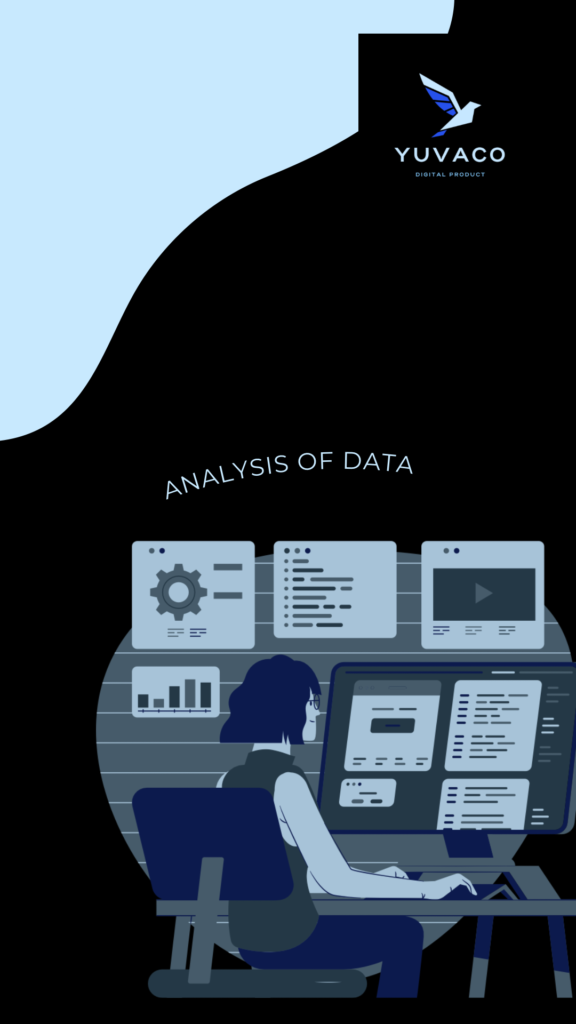
In today’s data-driven world, organizations must effectively manage and process vast amounts of information to gain a competitive edge. Efficient data processing not only enables better decision-making but also promotes innovation and growth. This article presents a comprehensive guide to help your organization improve its data processing capabilities, leading to enhanced productivity and success.
- Establish Clear Data Objectives:
Begin by identifying your organization’s data objectives. Determine what specific insights or outcomes you hope to achieve through data analysis and processing. Clearly define the metrics, key performance indicators (KPIs), and goals that align with your overall business strategy. - Invest in Modern Data Infrastructure:
Having a robust data infrastructure is crucial for efficient data processing. Ensure your organization has the necessary hardware, software, and networking capabilities to handle large volumes of data. Embrace cloud-based solutions for scalability, agility, and cost-effectiveness. Consider adopting technologies like data lakes, data warehouses, and big data platforms to streamline data storage and retrieval processes. - Implement Data Governance Frameworks:
Data governance plays a pivotal role in ensuring the quality, security, and compliance of data. Establish a data governance framework that defines data ownership, data policies, and data access controls. Regularly audit data processes to identify and mitigate any risks or inconsistencies. Foster a culture of data stewardship to encourage responsibility and accountability at all levels of the organization. - Enhance Data Integration:
Data integration involves combining data from various sources and formats to create a unified view. Implement efficient data integration techniques and tools to automate the process and minimize manual effort. Consider utilizing Extract, Transform, Load (ETL) or Extract, Load, Transform (ELT) approaches, data integration platforms, or APIs to streamline data integration across different systems. - Employ Data Cleaning and Standardization:
Data quality is crucial for accurate analysis and decision-making. Invest in data cleaning and standardization processes to ensure consistency and reliability. Implement automated data validation and cleansing techniques to identify and rectify errors, duplicates, and inconsistencies. Establish data quality metrics and regularly monitor them to maintain high data integrity. - Embrace Advanced Analytics and Machine Learning:
Harness the power of advanced analytics and machine learning algorithms to unlock deeper insights from your data. Explore predictive and prescriptive analytics techniques to gain actionable intelligence. Leverage machine learning models for tasks like data classification, anomaly detection, and forecasting. This will enable your organization to make data-driven decisions and optimize operational processes. - Foster Data Literacy and Training:
Data processing is not limited to data scientists or analysts; it involves a cross-functional effort. Promote data literacy within your organization by providing training programs and resources. Encourage employees to develop data analysis skills and empower them to use data to drive their decision-making processes. This will create a data-driven culture and maximize the value of your organization’s data assets. - Continuously Monitor and Improve:
Data processing is an iterative process that requires constant monitoring and improvement. Regularly evaluate your data processing workflows, identify bottlenecks or inefficiencies, and seek opportunities for optimization. Stay updated with emerging technologies, industry best practices, and evolving data regulations to adapt and enhance your data processing capabilities.
Conclusion:
Improving data processing in your organization is a multifaceted endeavor that involves a combination of technology, governance, and culture. By following the guidelines outlined in this article, you can streamline your data processing workflows, enhance data quality and accessibility, and ultimately drive better business outcomes. Embrace data as a strategic asset and empower your organization to thrive in the data-driven era.
Contact us to help you! Yuvaco.

Leave a Reply